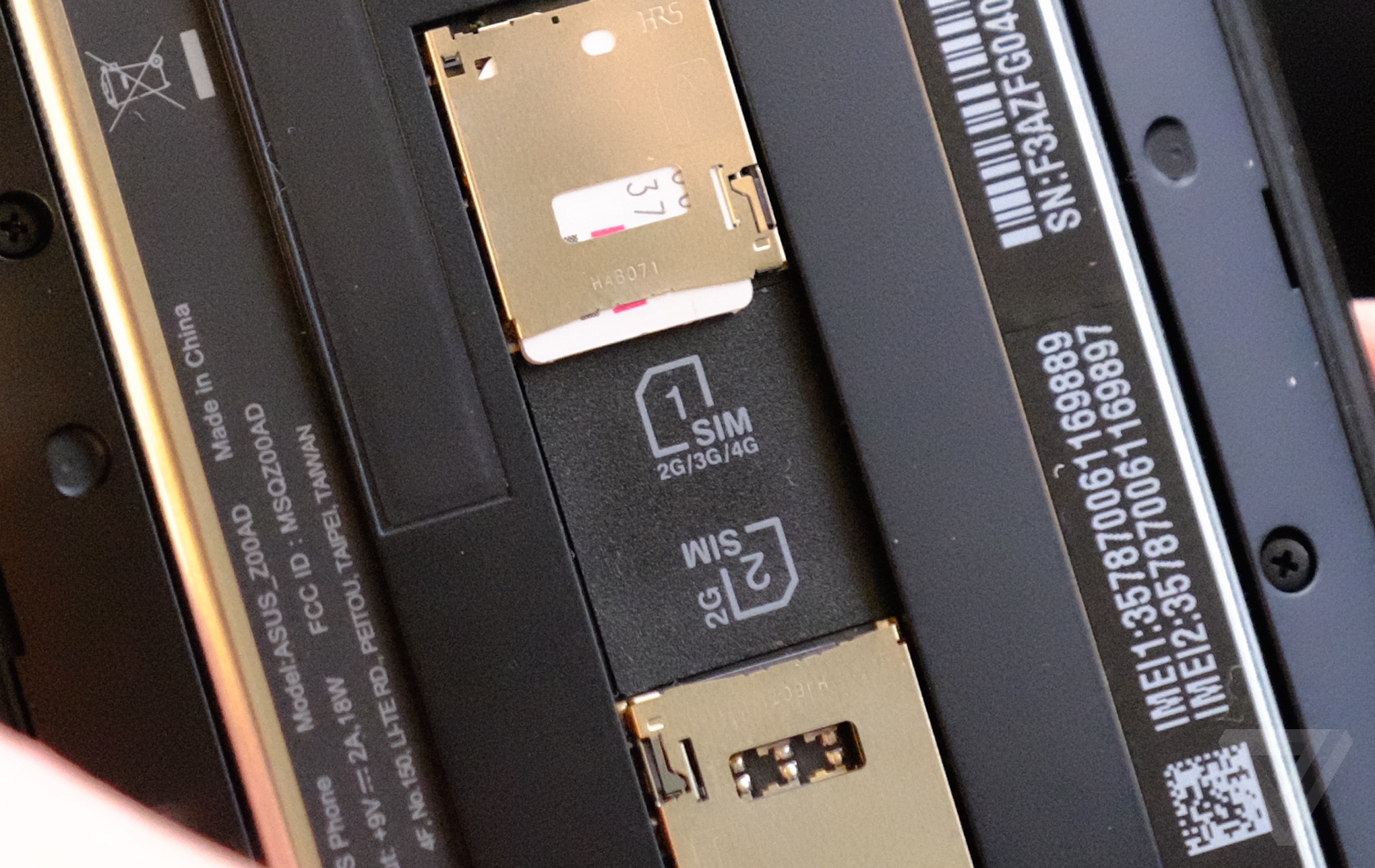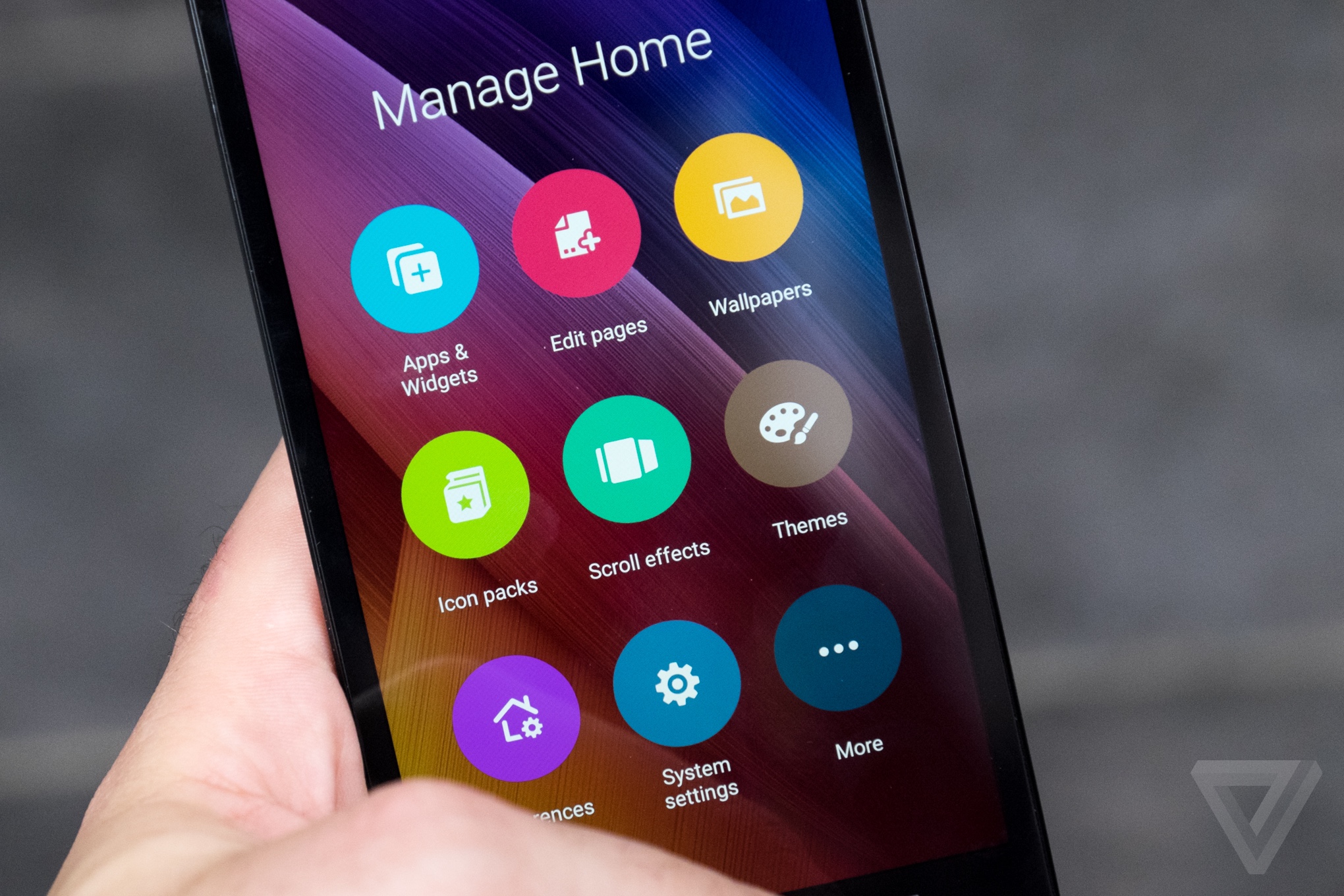Asus ZenFone 2 review
As for the 13-megapixel camera itself, it’s pretty run-of-the-mill. Daytime shots are satisfactory, but Asus layers on extra sharpening that can do more harm than good. There’s no optical image stabilization built in, so low-light shots contain some blur unless you use the ZenFone 2’s low-light mode. The resulting images are much brighter and can capture scenes where other modes see nothing but black. Unfortunately, this option downsizes your shots to just 3 megapixels (a process known as pixel binning), and they also contain a healthy dose of noise.
Asus has included a swath of other shooting modes, too. There are 18 in all, including a decent HDR option and Super Resolution mode that combines four 13-megapixel images into a single 52-megapixel shot. But the camera’s output doesn’t really justify these extravagant software features, and Super Resolution photos don’t look discernibly better or sharper than what you’d get from Auto mode. While the camera is generally fast and thankfully avoids shutter lag, it can also sometimes take a bit to get you back to the viewfinder between shots. If camera quality is your most important criteria in selecting a new phone, the ZenFone 2 won’t top that list.
There’s a gross amount of bloatware here
But design complaints and camera issues aside, the ZenFone 2 shines when it comes to performance. This $300 phone breezes through every task you throw at it. The ZenFone 2 handled everything with aplomb: multitasking, playing games, and general everyday usage caused no issues whatsoever. It felt no different from many existing Android flagships, a notion that may stir some panic inside Qualcomm and Samsung. If nothing else, this device proves Intel is totally up to the challenge of powering a modern smartphone experience. The ZenFone 2’s abundance of RAM (4GB in the high-end version) probably helps out, too. Call quality, LTE data reception on T-Mobile, and Wi-Fi performance were all perfectly adequate, as well.


The ZenFone 2 runs Android 5.0 Lollipop, but it’s topped with Asus’ ZenUI skin. It’s a heavy customization of Android by today’s standards, and a different approach from what Alcatel is doing. Still, ZenUI has some pretty advanced features that could satisfy power users.
The ZenFone 2 runs Android 5.0 Lollipop, but it’s topped with Asus’ ZenUI skin. It’s a heavy customization of Android by today’s standards, and a different approach from what Alcatel is doing. Still, ZenUI has some pretty advanced features that could satisfy power users.
Installable theme packs make it easy to change up the software’s appearance (which isn’t awful out of the box but doesn’t mesh well with Google’s own design for Android), and you can choose different transition animations for the home screen. It doesn’t take much to get the ZenFone 2 looking great, but you’ll definitely want to replace the stock messages, calendar, and gallery apps with Google’s superior alternatives. Asus’ stock versions just aren’t particularly good.
Customizability doesn’t excuse Asus’ other software faults, however. Out of the box, the ZenFone 2 comes filled to the brim with bloatware and a ton of useless in-house apps. It’s the most egregious example we’ve seen in a long time, and in going so overboard, Asus could quickly overwhelm novice users. I could stand about five minutes of CleanSweep scanning every app I installed for malware — something Google Play already does, mind you — before I disabled that and every other junk app, such as Omelet Chat. I ended up hiding away almost 40 of the apps included out of the box. That’s just ridiculous.






